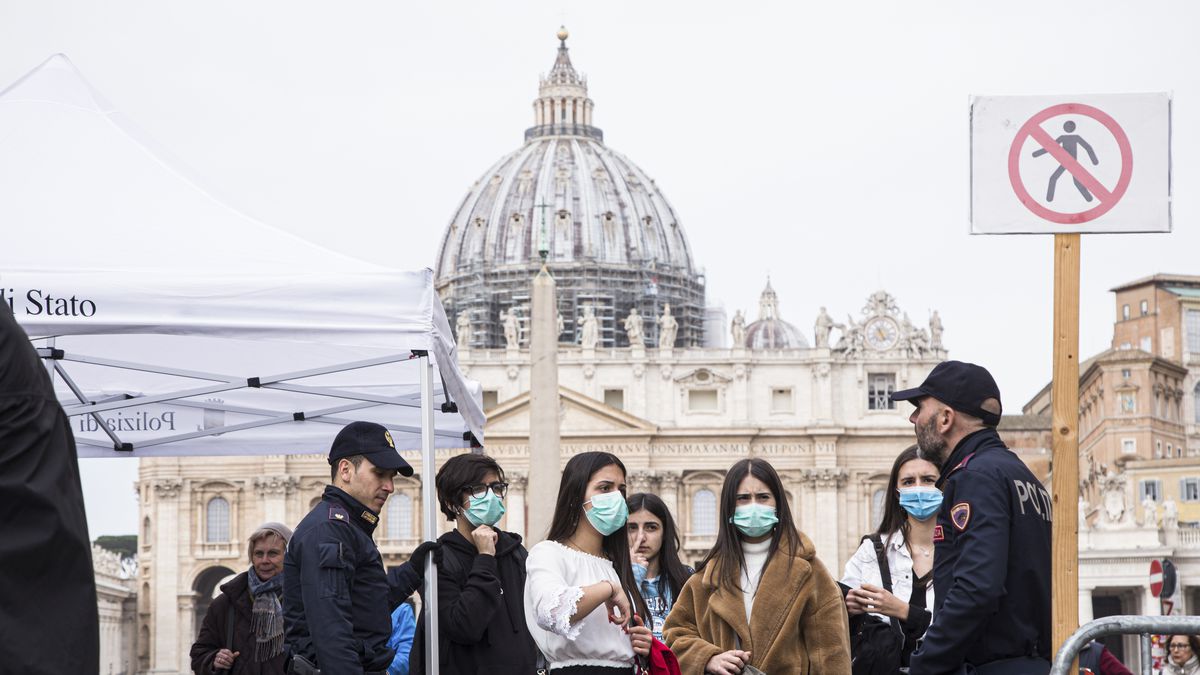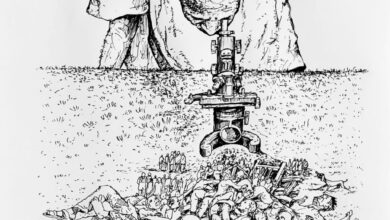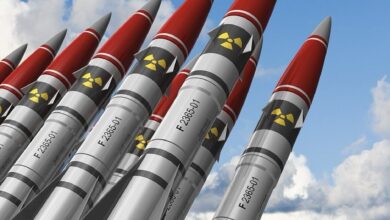Covid -19 Lessons for India from Italy
Sabysachi Siddhant
Joshua Lederberg, the 1958 Nobel Prize winner in medicine once said:
“The single biggest threat to man’s continued dominance on this planet is the virus.”
Not many would disagree with Lederberg. Indeed, the human species have been threatened by deadly viruses over time. Ebola, HIV, Hanta, Lassa, Influenza, SARS-CoV and the list goes on. Incidentally, most of these deadly viruses had made a zoonotic transfer from the animal kingdom to the humans. One could refer to the work of Nathan Wolfe et. al, Origins of major human infectious diseases, published in Nature. David Quammen too explored this transition in his gripping account Spillover. This time it was SARS-CoV-2 causing COVID-19. This too made a possible ‘spillover’.
Observing the disaster in Europe from close quarters made me concerned like any fellow citizen. Countries have published detailed statistics which are being evaluated by experts. We could look into some key areas from the point of view of a common inquisitive person, where we could make a difference.
Hospital hotspots
In Italy and in several other places in Europe, there are an alarming number of infected doctors, nurses and health staff. This is enough to cripple the health system. In Italy, the pandemic created havoc in some facilities called casa di riposo, providing long-term treatment and care to the elderly people. Every hospital in India, not only the COVID-19 ones, needs to take extreme precautions.
Hotel quarantine and train hospitals
It became a problem to properly isolate patients with mild symptoms in home quarantine since the patient’s family members were put to risk. An alternative solution was needed. In India, the hotels could be used to provide ‘home-quarantine’ facilities under controlled supervision.
The train hospital is an excellent initiative in India. They would probably serve as isolation wards for patients. These trains should travel to interior parts where health facilities are scant and patient care is a luxury. Trains could also be used to shift critical patients to larger facilities.
Privacy and contact tracing
Countries are implementing technological means for contact tracing and surveillance of patients. There is a concern since those means could be in conflict with privacy laws. It has to be ensured that the patient data is used only by the health officials for the duration of the pandemic and is not monetized by private companies in future.
Supply chain for essential commodities
In some parts of Europe, the rules are being relaxed for the agricultural sector. The governments are strategizing on how to streamline agricultural production and maintain the supply chain with the necessary health precautions. In India, the supply chain network of big supermarkets could be utilized. In case of an extended lockdown, strategies need to be implemented fast to avoid a food crisis and eventual law and order problems.
Home delivery
The problem in a lockdown is getting the essential commodities. Given the population density and the way our markets are organized in India, it is not possible to follow the social distancing measures while going out to buy food. In some places, the government and NGOs are trying to provide home delivery of items, but it is a huge ask. The governments could use the existing distribution network of companies providing online shopping items and restaurant food and the cab companies for distributing food from markets and ration to the public. In this way, social distancing norms could be maintained and those employees would also benefit financially during this lockdown.
The list of essential commodities will increase with time, in which case a prolonged extension of a lockdown would not be sustainable. Hence, it is extremely important to make the present lockdown a success.
We would need to continue to follow the social distancing and hygiene norms for quite some time even after the lockdown period is over, until a vaccine is available. We have to adapt to a new, post-lockdown world. Steps should be taken to spread awareness in that regard.
In the future we need to minimize human-wildlife interaction to avoid zoonosis. Destruction of natural habitat of wildlife poses not only a grave environmental threat but also increases contagion possibilities. There should also be a blanket ban on wildlife trading and consumption.
It is evident that we weren’t prepared to face a global disaster. It is time that we take concrete steps and provide sufficient funds to boost our public healthcare infrastructure. Similarly, funding in science and research should be reevaluated, which is the only way ahead against a calamity of this genre. We cannot afford to continue further with the unorganized economic sector. Time has come to make it organized. The political class in general should rise to the occasion towards implementing real policies for true development. Overall, in the long term, what we need is to enlighten the future generations by ‘proper’ education which would provide the required awareness and solutions to future problems.
When a disaster of this magnitude strikes, it forces us to stand in front of a giant mirror and pinpoints all the problems we have in our world – political, economic, infrastructural, social, you name it. It shows where we stand as a human being. Let us hope that we take our lessons towards a better and safer world.
(The author is a scientist at National Institute of Nuclear Physics (INFN), Italy.
Associated to CERN, Switzerland)
Courtesy : www.theeasternlink.com





